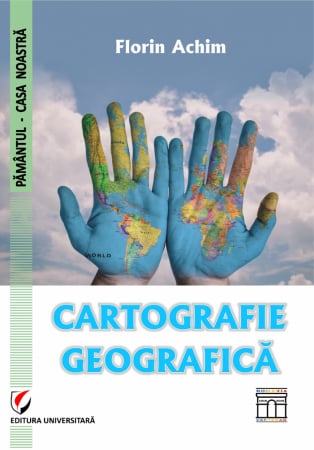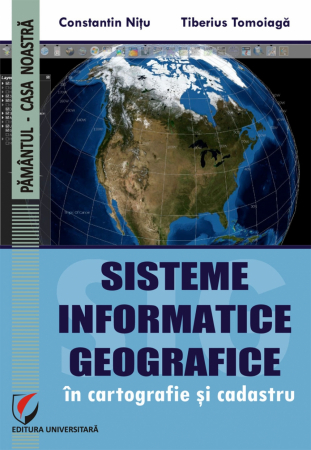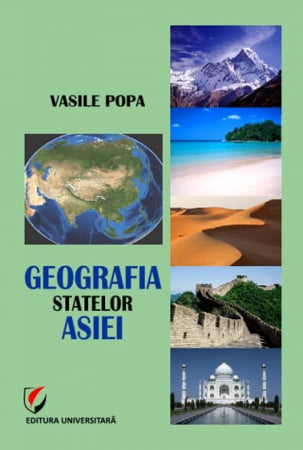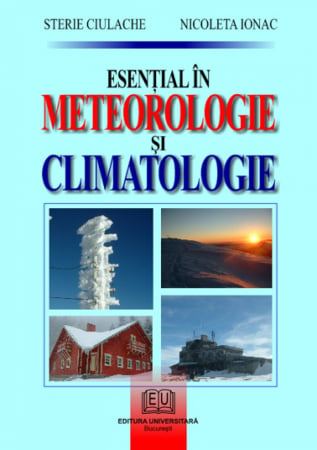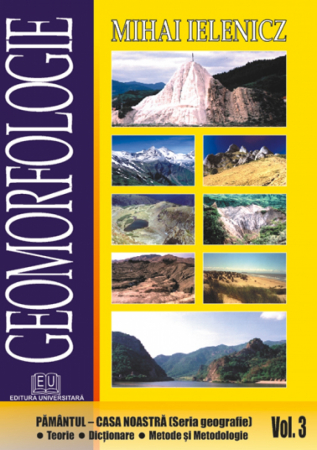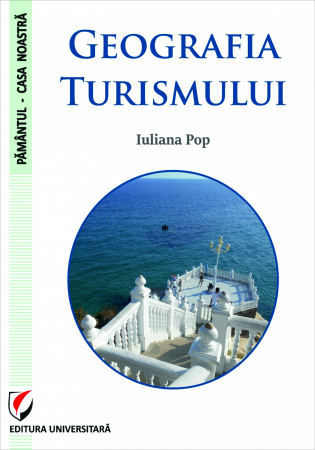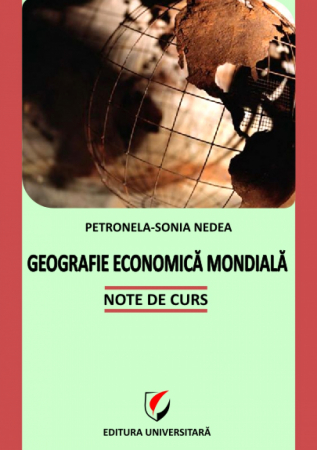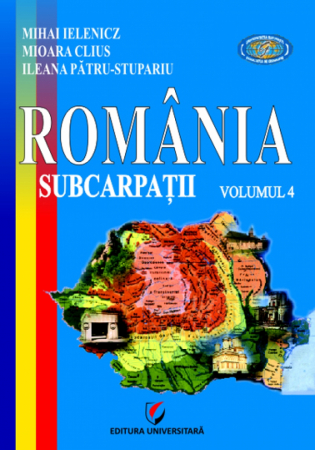ISBN: 978-606-591-260-1
DOI: 10.5682/9786065912601
Publisher year: 2011
Edition: I
Pages: 288
Publisher: Editura Universitara
Author:
- Description
- Download (1)
- Content
- Where to find it
- Authors
- Reviews (0)
Between economic and social phenomena are characteristic of the contemporary era and the rapid development of tourism, now considered one of the most internationalized sectors of the global economy. As social and economic activity, tourism has emerged and evolved in close connection with the development of human society.
Unprecedented growth of travel and tourism industry, it may correlate with the steady development of world economy and urbanization, the effects of which are found in increasing incomes or holidays.
The period after the Second World War, and especially after 1990 (with free circulation in Europe, the emergence of low-cost airline and high-speed trains), knows intensification and diversification in unprecedented proportions tourism trips. Thus, people have a taste for travel, which become more frequent and increasing distance and WTO forecasts, even in the current crisis is enormous, the number of international tourists will reach 1.6 billion by 2020. If you add the internal national tourism held inside the country, and he found a continuous increase, it can be estimated magnitude of this phenomenon.
In the last four decades, the phenomenon known tourist and some fluctuations, higher or lower, generated by some economic events, natural, political or social, as well as the energy crisis of the 70s, the financial crisis of 2008-2010, followed the earthquake in Indonesia the tsunami (25 December 2004) Icelandic volcanic eruptions Evjafjallajökull with important consequences for the airline (March-April 2010), the earthquake in Japan (March 11, 2011), followed by tsunami and Fukushima nuclear accident, political conflicts and military ex-Yugoslavia in the 90s, Iraq (2003-2008), Tunisia, Egypt and Libya (January-July 2011), which have made changes in the dynamic regional and quantity of tourist flows, capital flows and information, and a reorientation of tourism marketing.
Globalization has significantly increased the number of trips for work, for socializing, recreation and leisure or the spirit of adventure and across national borders. Progress in information and communication technology made possible the virtual integration of humanity. The processes of liberalization, regulation of markets and their opening to the outside have contributed to increased productivity, living standards, while stimulating tourism and travel.
In the age hipermobilităţii, in the year 2010, 13.6% of world population, ie 940 million of 6.9 billion, forming a distinct group, namely that of tourists, representing an increase of 37 times in just over 50 years. Leisure travel is just over half of all international tourist arrivals (51% or 480 million of international tourist arrivals), about 15% of international tourists traveled for work or business and 27% for other reasons (visits to relatives and friends, religion or pilgrimage, medical treatment etc.).. On the other hand, systemic transformations recorded in emerging economies have created favorable conditions for business development both horizontally and vertically, as well as increasing interest in leisure and tourism in these countries.
Numerous issues are raised by this increase in tourism a particularly current field of study for most countries which are interested so that the receiving countries and the issuing countries.
The importance and timeliness of studying tourism phenomenon emerges from the multiple functions that it meets the economic and social fields. For example, the EU economy, tourism has been recognized as having a key role, leading to an increase of production it is found that the contribution to GDP creation. Statistics of the World Tourism Organization are eloquent in this respect: income from international tourism in 2010 were USD 919 billion (693 billion) to USD 851 billion (610 billion) in 2009 or 496 billion USD in 2000, and the top 15 most visited countries contribute 66% of world GDP. Also, one can say that tourism has become a mega-business, providing an important economic activity in the inter-relationship with other industries or sectors of an economy, with most significant potential to generate new jobs and contribute important to increase employment rates and low unemployment Muna.
As a research area, tourism is the subject of investigations very different from economics, medicine, sociology, psychology, social, demographic, architecture, geography, etc.. And here it comes, finally, analysis, knowledge and development of tourism phenomenon as a whole, as a complex system, functional and efficient in a territorial assembly.
Tourism phenomenon takes place in the geographical environment more or less anthropic, under the influence of natural geographic, economic and social of it, and geography, the science of space and the environment formed land area, aims to contribute by its own means to investigate and optimization of this phenomenon.
The first part of the course, tourism geography is divided into six chapters: Travel and tourism geography, Genesis and evolution of the tourism phenomenon, Determinants of tourism, space, raw material of tourism, tourist infrastructure, types and forms of tourism.
The first chapters deal in detail the relationship between tourism - seen as an economic phenomenon, spatial, temporal and causal, which took place in the environment, in interaction with the environment and society, and geography of tourism, the structure of the tourism phenomenon, its basic concepts (tourism , tourist, tourism resources, tourism infrastructure, tourism potential, tourism flows, tourism product, tourism market), subject and methodology of study and research, genesis and evolution of tourism phenomenon.
In Chapter 3 presents in detail the determinants of tourism development, and in the next chapter is analyzed in detail the "raw material" for tourism, classification and evaluation of tourism resources, tourism potential that understanding the role of natural and anthropogenic as "tourism offer" of a territory (continent, region, country, territorial unit of variable dimensions, site tour).
Tourist reception structures (with accommodation, restaurants, tourist transport, leisure or course) with the types and forms of tourism are also presented in detail in terms of geographical and economic, the result of an extensive bibliographic documentation.
This paper addresses both students and university students, secondary, geographical and economic, tourism and services in tourism graduate, pre-school teachers, and managers and tourism professionals and the general public wishing to know the tourist phenomenon as a whole.
Appearance in the best possible conditions of this volume depended on a decisive spirit of cooperation and collective competence University Publishing House.
Thanks in advance all those who will be willing to lean on this paper and to submit comments and suggestions.
The author
-
Geografia turismului
Download
|
Introducere / 9 |
|
||
|
|
|||
|
1 |
Turismul si geografia turismului / 11 |
|
|
|
|
|
Geografia turismului: origini si continut / 11 |
|
|
|
|
Principii, metode, procedee si mijloace de studiu si cercetare /17 |
|
|
|
|
Structura fenomenului turistic / 19 |
|
|
|
|||
|
2 |
Geneza si evolutia fenomenului turistic / 30 |
|
|
|
|
|
Fazele dezvoltarii turismului / 30 |
|
|
|
|
Trasaturile turismului contemporan / 44 |
|
|
|
|||
|
3 |
Factorii determinanti ai dezvoltarii turismului / 47 |
|
|
|
|
|
Factorii de mediu înconjurator / 47 |
|
|
|
|
Factorii demografici / 48 |
|
|
|
|
Factorii economici /51 |
|
|
|
|
Factorii politici / 53 |
|
|
|
|
Factorii socio-culturali / 55 |
|
|
|
|
Factorii psihologici / 57 |
|
|
|
|||
|
4 |
Spatiul – materia prima a turismului / 60 |
|
|
|
|
Potentialul turistic natural / 62 |
|
|
|
|
Potentialul turistic al reliefului / 63 |
|
|
|
|
Potentialul turistic al climei / 105 |
|
|
|
|
Potentialul turistic hidrografic / 113 |
|
|
|
|
Potentialul turistic al vegetatiei / 123 |
|
|
|
|
Potentialul turistic legat de fauna /127 |
|
|
|
|
Potentialul turistic al ariilor protejate / 131 |
|
|
|
|
Potentialul turistic antropic / 135 |
|
|
|
|
Atractivitatea obiectivelor turistice antropice / 135 |
|
|
|
|
Edificii si elemente materiale cu functie turistica /143 |
|
|
|
|
Edificii economice cu functie turistica / 180 |
|
|
|
|
Edificii cu functie turistica propriu-zisa /187 |
|
|
|
|
Activitati umane cu functie turistica / 190 |
|
|
|
|
|||
|
5 |
Infrastructura turistica / 192 |
|
|
|
|
|
Structuri de primire turistice cu functiuni de cazare / 192 |
|
|
|
|
Structuri de primire turistice cu functiuni de alimentatie / 192 |
|
|
|
|
Caile si mijloacele de transport turistic / 217 |
|
|
|
|
Structuri de primire turistice cu functiuni de agrement si cura / 270 |
|
|
|
|||
|
6 |
Tipuri si forme de turism / 276 |
|
|
|
|
|
Tipuri de turism / 276 |
|
|
|
|
Forme de turism / 279 |
|
|
|
|||
|
Bibliografie / 282 |
|
||
Content
|
Introduction / 9 |
|||
|
|
|||
|
1 |
Travel and Tourism Geography / 11 |
||
|
|
|
Tourism geography: origins and contains / 11 |
|
|
|
|
Principles, methods, processes and means of study and research / 17 |
|
|
|
|
The structure of the tourism phenomenon / 19 |
|
|
|
|||
|
2 |
Genesis and Evolution of Tourism Phenomenon / 30 |
||
|
|
|
Phases of tourism development / 30 |
|
|
|
|
Present-Day tourism issues / 44 |
|
|
|
|||
|
3 |
Determinants of Tourism Development / 47 |
||
|
|
|
Environmental factors / 47 |
|
|
|
|
Demographics / 48 |
|
|
|
|
Economic factors / 51 |
|
|
|
|
Political factors / 53 |
|
|
|
|
Social and cultural factors / 55 |
|
|
|
|
Psychological factors / 57 |
|
|
|
|||
|
4 |
Space - the Raw Material of Tourism / 60 |
|
|
|
|
The natural touristic potential / 62 |
|
|
|
|
The touristic potential of the landscape / 63 |
|
|
|
|
The touristic potential of climate / 105 |
|
|
|
|
The touristic potential of hydrography / 113 |
|
|
|
|
The touristic potential of vegetation / 123 |
|
|
|
|
Wildlife-related tourism potential / 127 |
|
|
|
|
Tourist potential of protected areas / 131 |
|
|
|
|
Anthropic touristic potential / 135 |
|
|
|
|
The attractiveness of human sightseeing / 135 |
|
|
|
|
Buildings and tourist based material elements / 143 |
|
|
|
|
Tourism based economic buildings / 180 |
|
|
|
|
Buildings with actual tourist function / 187 |
|
|
|
|
Human activities based on tourism / 190 |
|
|
|
|
|||
|
5 |
Tourist Infrastructure / 192 |
||
|
|
|
Tourist reception with accommodation / 192 |
|
|
|
|
Tourist reception with functions of food / 214 |
|
|
|
|
Ways and means of tourist transport / 217 |
|
|
|
|
Tourist reception with functions of recreation and treatment / 270 |
|
|
|
|||
|
6 |
Types and Forms of Tourism / 276 |
||
|
|
|
Types of tourism / 276 |
|
|
|
|
Forms of tourism / 279 |
|
|
|
|||
|
Bibliography / 282 |
|||
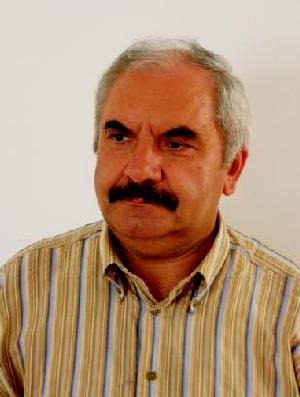
Adrian Nedelcu
• Graduate of the Faculty of Geology and Geography, University of Bucharest in 1980, specializing in geography - French.
• Associate Lecturer from 1994 to Petroleum-Gas University of Ploiesti, and Ph.D. in Geography, with distinction Cum Laude 2000, University of Bucharest. Holder since 2008 lecturer at the Department of Economics and Business Administration Faculty of Economics, University Petroleum-Gas of Ploiesti.
• Taught courses: Geography resources, global economic geography, economic geography of Romania, population and settlements geography, geography of tourism, ecotourism and rural tourism, world economy, geography and geography teaching methodology.
• Member of the National Curriculum Committee (2001-2006), Ministry of Education and Research Committee to validate the scientific content and methodological teaching geography discipline of educational products (2003-2006), the Working Group of the National Assessment and Examination Service (2006 -2008).
• Member of the Society of Geography of Romania (since 1980), Prahova branch president of the Society of Geography of Romania (2001-2009) and Vice President from 2009 to present, member of the Council of Geography Society of Romania, member of the Association of Professional Geography of Romania (since 2010), member database MRI (Mountain Research Initiative) in 2010, member of the Association of Managers without Borders in 2007.
• He has published over 17 articles, 24 books, courses, methodological guidelines and 7 maps alone or in collaboration: World Geography (1995), Earth - Geographic Curiosities (2006), World Geography: nature, man, Economics (2010), Map physical Prahova County (2006), tourist map of Prahova County (2011) Physical map of Romania (2007), Administrative Map of Romania (2006) Physical map of Europe (2007), physical and administrative map of France (2005) , physical and political map of South and Central America (2006).
• Editor of the journal "Annals of Prahova School - Geography Series" and "Bulletin of the Society of Geography of Romania - Prahova branch."
• Awards: Diploma of Honor, given to celebrate 125 years of Geography Society of Romania (2000), Diploma of Honor, given to celebrate the centenary of geographical higher education at the University Al. I. Cuza of Iasi (2004).
Customer Support Monday - Friday, between 8.00 - 16.00
0745 200 718 0745 200 357 comenzi@editurauniversitara.ro
6359.png)
![Geography of tourism [1] Geography of tourism [1]](https://gomagcdn.ro/domains/editurauniversitara.ro/files/product/large/geografia-turismului-1840-777878.jpg)


